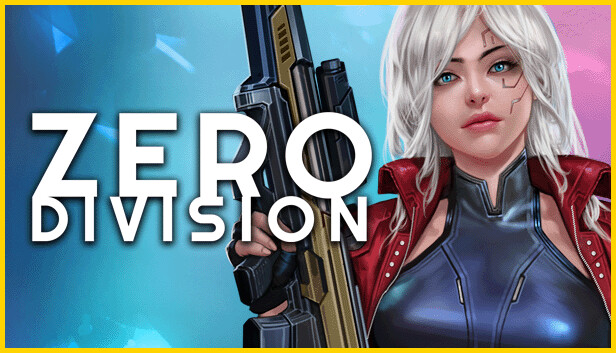Hello, operators! The official version of Zero Division is now available, and thank you all for your patience!
To enhance your early gameplay experience and help you navigate the beginner phase smoothly and quickly, we’ve prepared some explanations of the game’s systems and mechanics. We hope this guide will be helpful to you all.
1. Team Composition
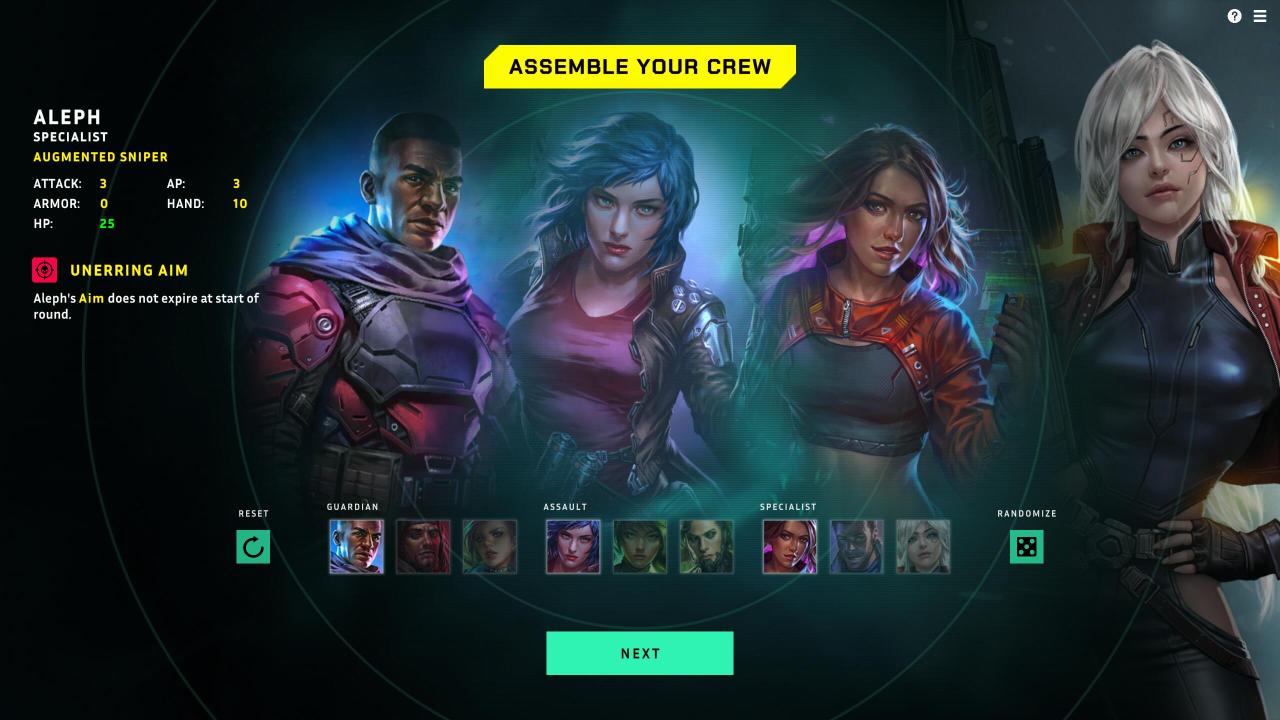
The 3-person squad resembles the classic tank-healer-damage dealer trio:
- Guardian: Characters in this role come with active taunt skills and various passive abilities that enhance survivability.
- Assault: These characters are skilled in dealing significant amounts of damage.
- Specialist: Characters in this role influence the battlefield with various support mechanisms.
Therefore, forming a team requires an understanding of each character’s skills, deck, and role. However, the three initially available characters (Paladin, Renegade, Mirage) have good synergy and can form a well-rounded team that balances offense and defense.
2. Mode Selection
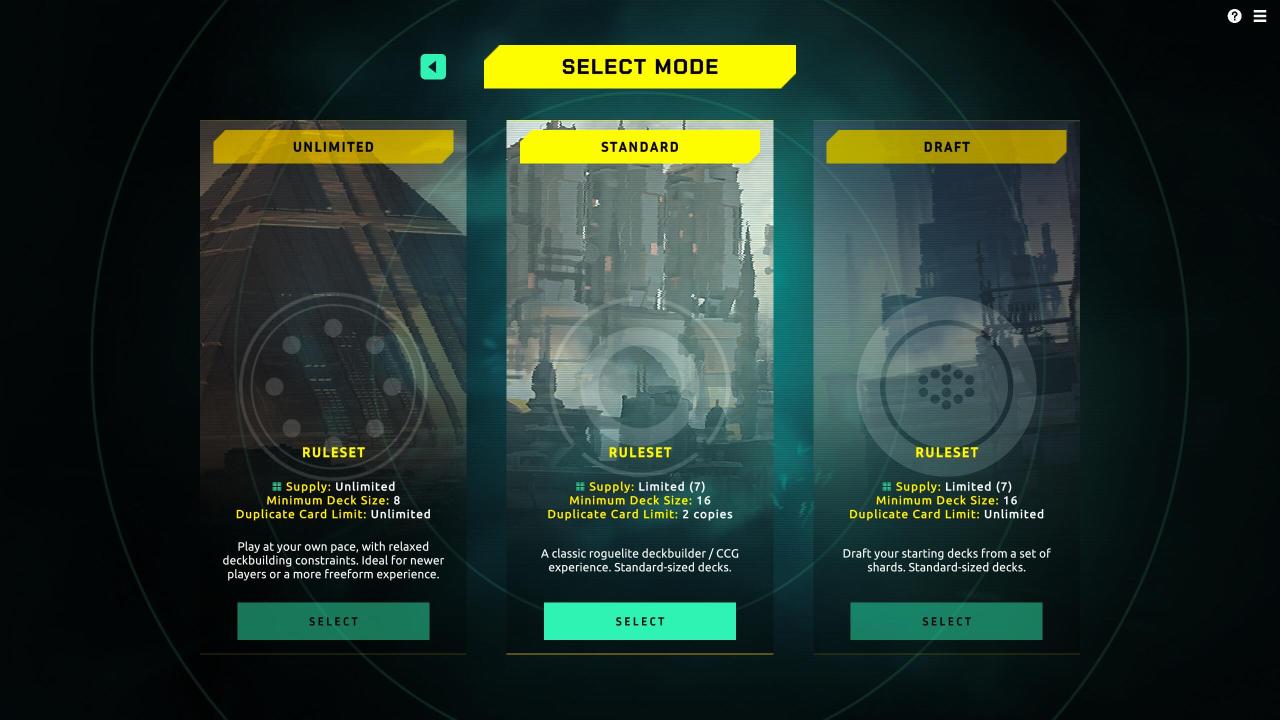
- Standard Mode: This mode requires a minimum of 16 cards in your deck, with a maximum of two copies of any single card. This imposes a higher demand on the structure and balance of your deck.
- Unlimited Mode: This mode relaxes the card count restrictions and removes the limit on the number of copies of each card, making it a campaign mode that emphasizes a more exhilarating experience.
- Draft Mode: Similar to a sealed deck tournament, in this mode, you build your deck from a fixed number of card packs at the start, making it a more entertainment-focused campaign mode.
Overall, apart from not being able to play an extremely small deck, the deck-building strategy is not much different from typical DBG games. Standard Mode might require more focus on deck trimming and cost control, but the good news is that you can adjust your deck between battles at any time. This makes the cost of trial and error very low, allowing you to adjust and experiment with different deck compositions even within the same game session.
3. Difficulty Levels
Additionally, the money earned and post-battle recovery are limited at higher difficulties. This presents a classic difficulty progression system.
Clearing higher difficulty levels unlocks more cards, characters, and modes, providing additional incentives and challenges as you progress.
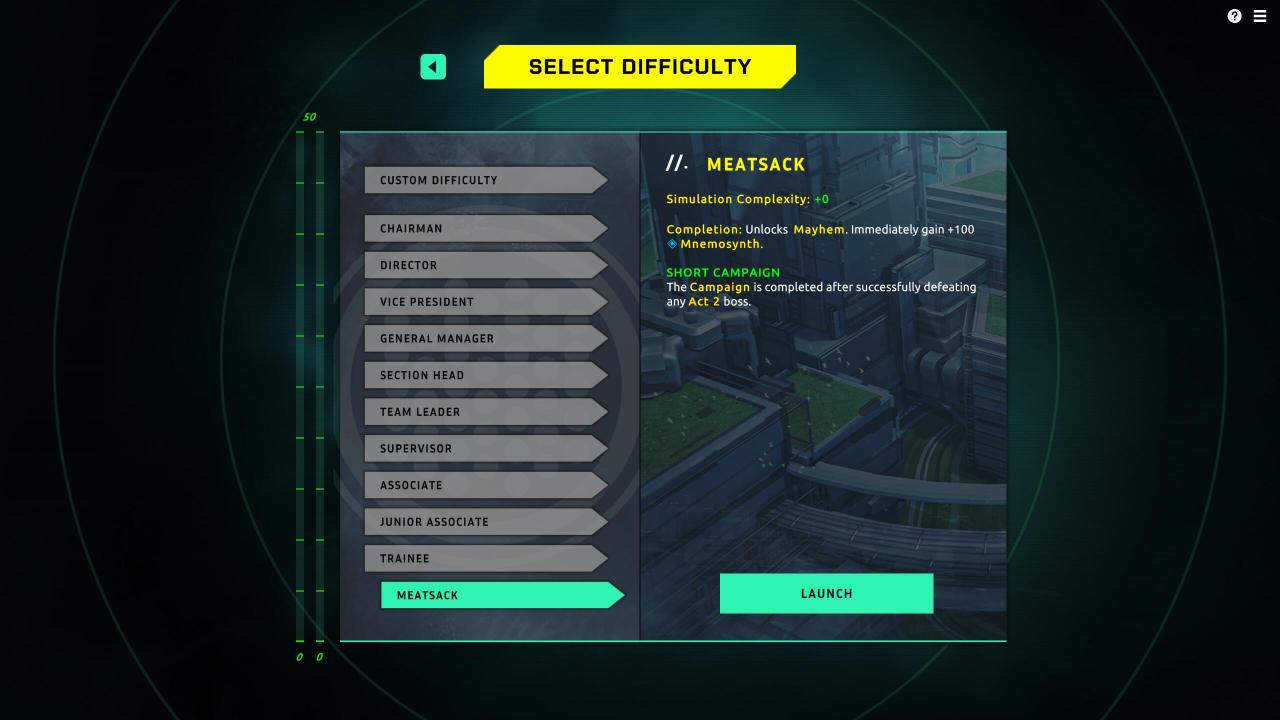
4. Area Exploration
- Question Mark (?): Random events
- Shopping Cart: Shop
- Crossed Swords: Regular battle
- Skull: Elite enemy
- Large Skull: Chapter boss
At lower difficulties, elite enemies are not much stronger than regular ones, so you can defeat as many elites as possible on your way to the boss. The rewards from elite battles are better than those from regular battles and can drop enhanced equipment.
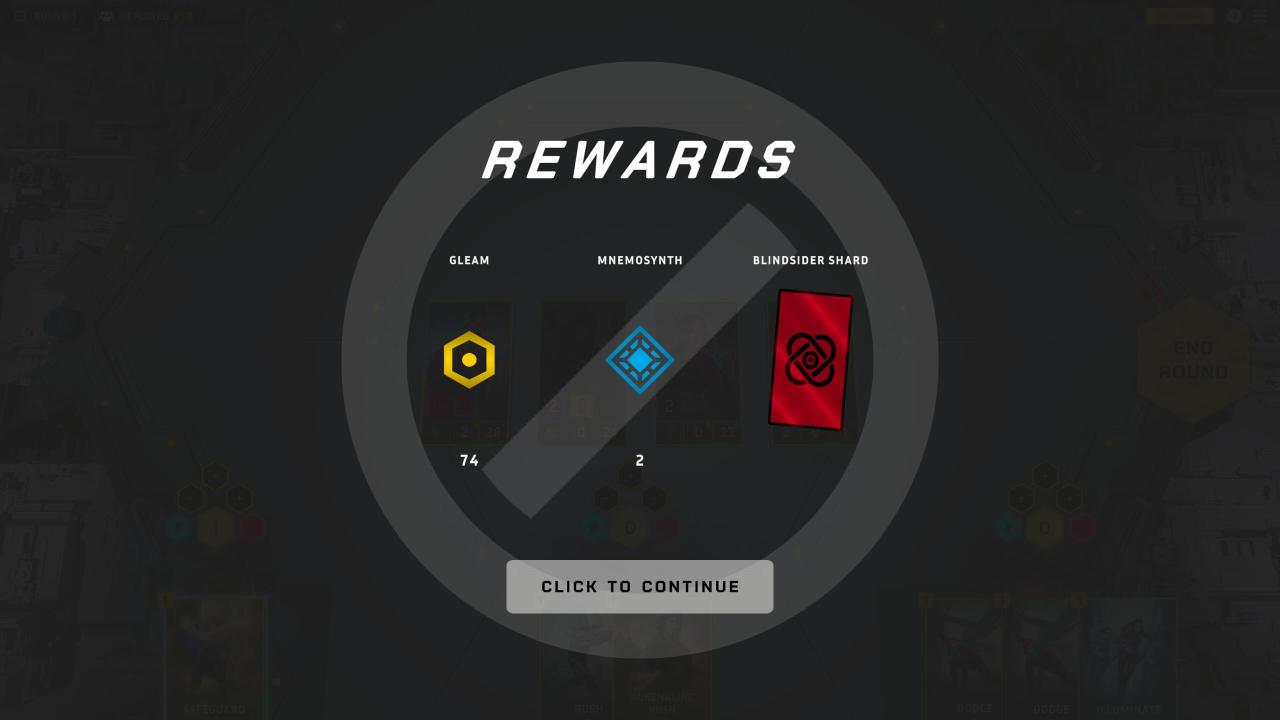
The only thing to watch out for is running out of supplies (indicated by the green square icon in the upper left corner). If supplies run out, you won’t receive battle rewards, and the rewards after defeating the chapter boss will be significantly reduced. If you run out of supplies, you can buy more in the shop or try your luck with random events.
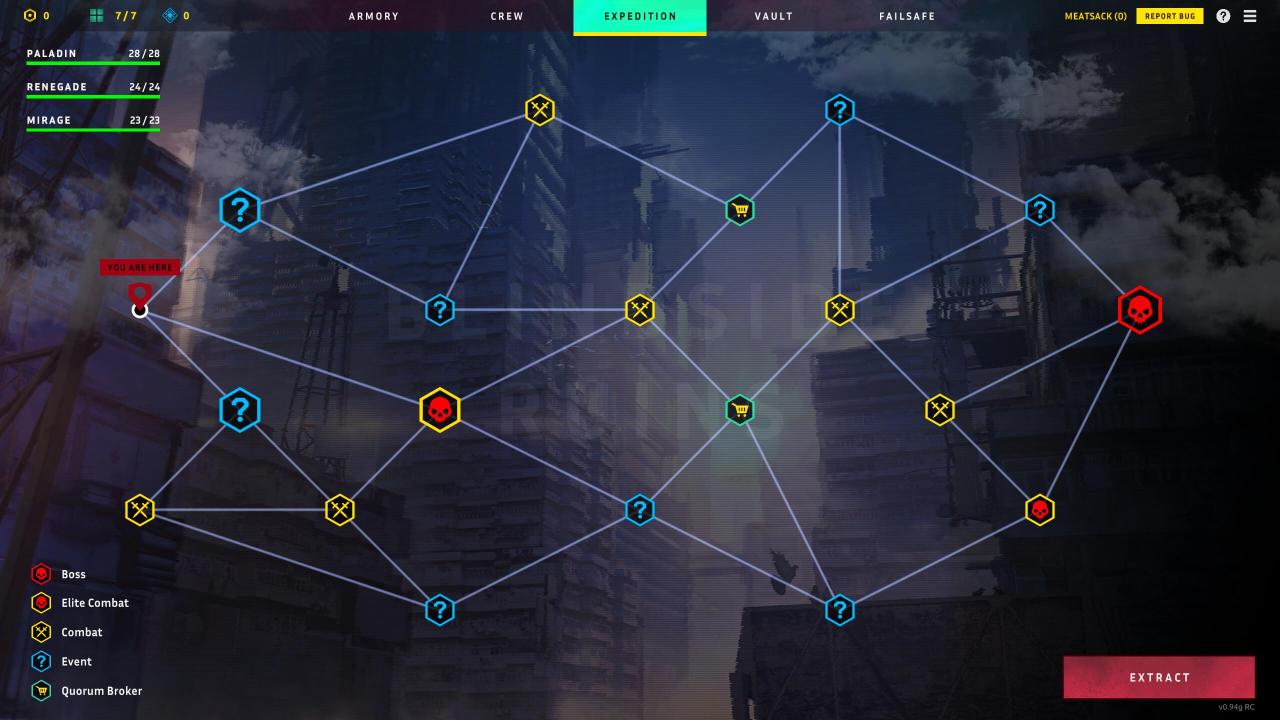
5. Loot
The card packs dropped by regular enemies and the enhanced equipment dropped by elite enemies can be opened in the warehouse.
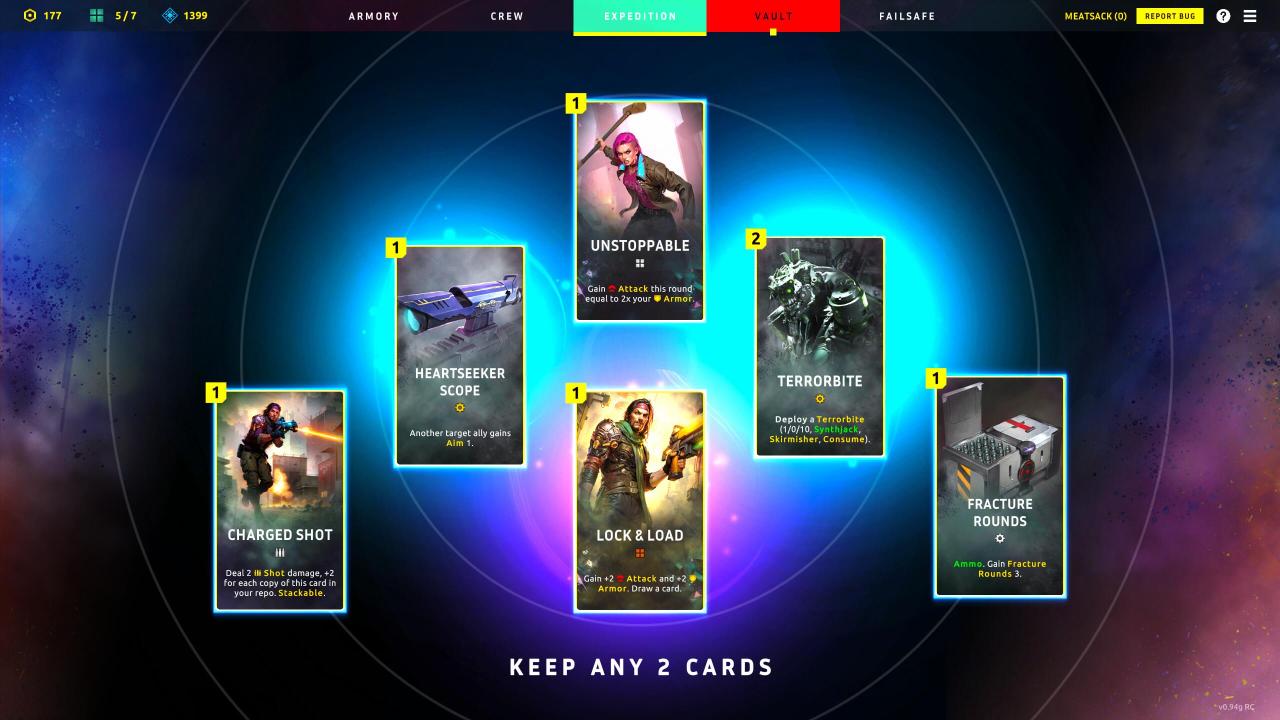
The rarity of the cards can be distinguished by their visual effects. Card packs from regular enemies tend to be more common, while those from elite enemies have a higher chance of containing purple (rare) cards.
In addition to the inherent rarity of the cards, there is also a type of card with the prefix “AGI forged.” These can be considered enhanced versions of basic cards, usually featuring increased stats or reduced costs. Some of these cost-reduced cards can be exceptionally powerful.
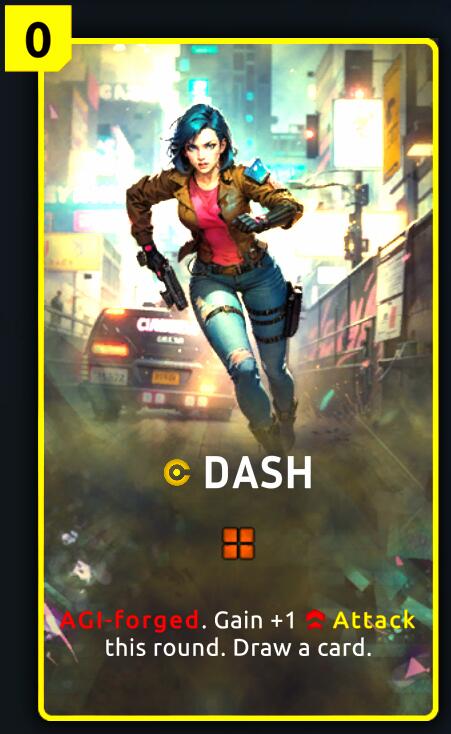
6. Character Growth
The talent tree consists of four rows:
The first three rows enhance the operator’s exclusive cards.
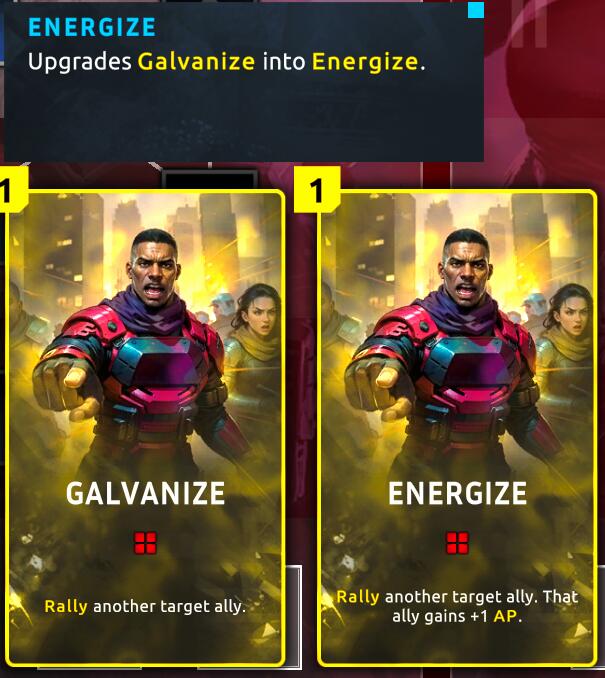
The final row provides additional passive skills.
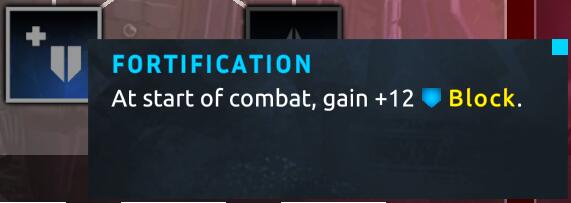
If you find it difficult to progress through higher difficulty levels, it might be a good idea to go back and fully unlock the talent trees of your frequently used operators.
A fully talented operator can make a significant difference in your gameplay!
7. Deck Composition
Additionally, the abilities enhanced through the talent tree are often reflected in the exclusive cards, so it’s generally advisable to keep them in the deck.
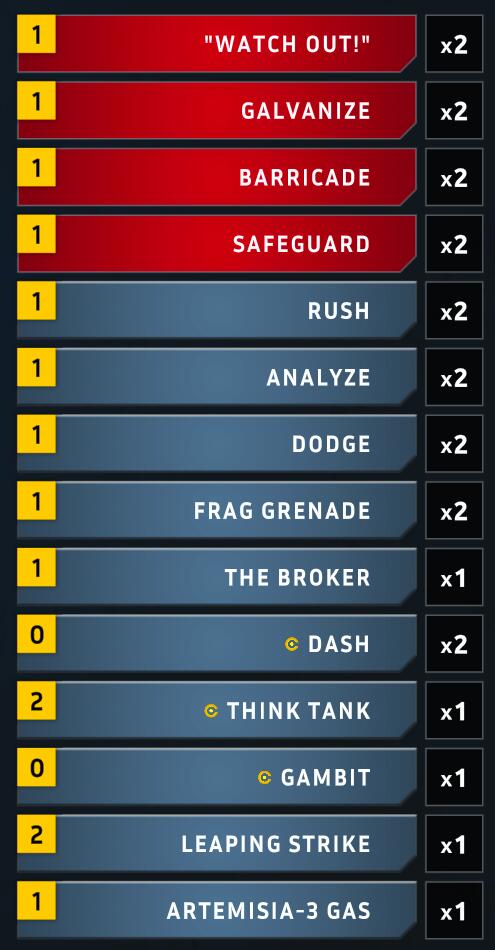
The basic logic of deck-building strategy is:
- Tank: Includes shield and taunt cards.
- DPS: Includes damage, card draw, and resource recovery cards.
- Support: Includes card draw, minions, and buff/debuff cards.
To simplify the process of starting over with each new run, you can use the Fail-Safe Protection System to permanently retain some powerful cards. Yes, you can print cards! It’s highly recommended to print versatile key cards, such as zero-cost card draw cards, as they are useful in every game.
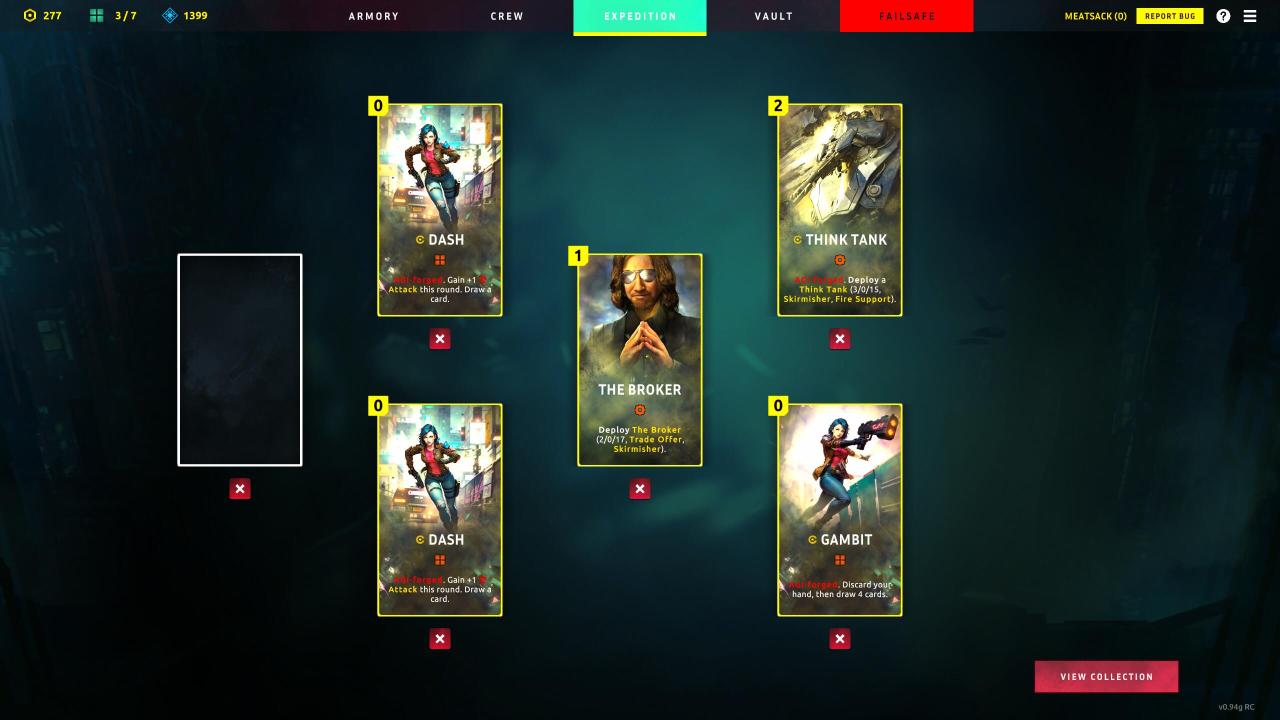
8. Card Types
Typically deals direct damage.
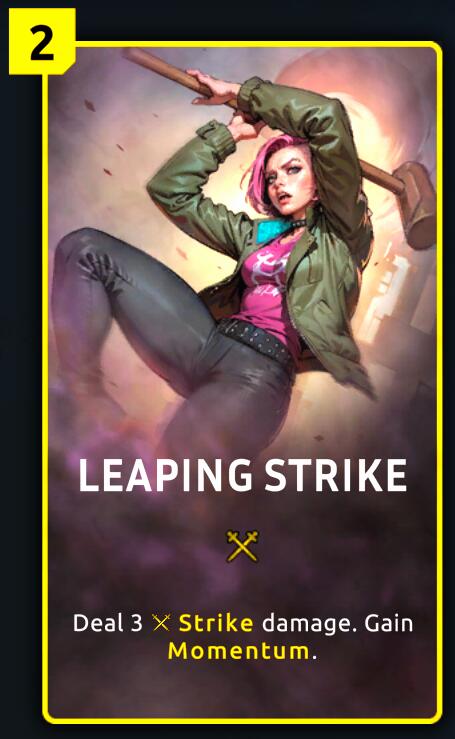
Provides various enhancement effects, including increasing attack, stacking armor, adding special effects, and, importantly, drawing cards.
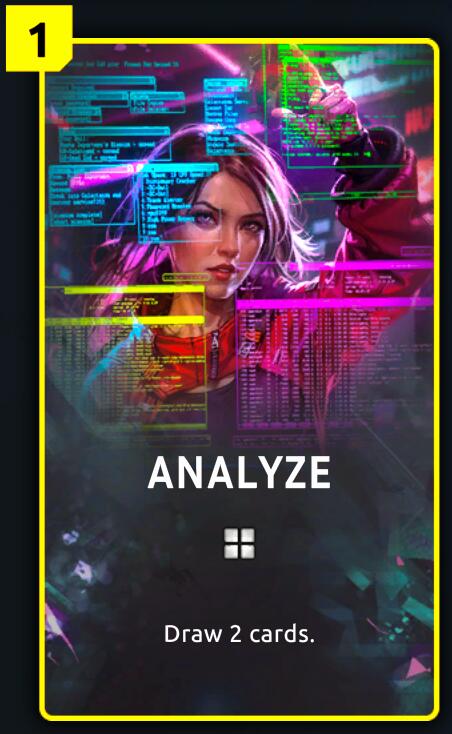
Usually summons minions. Yes, you can use swarm tactics! Some minions are even more powerful than the operators themselves.
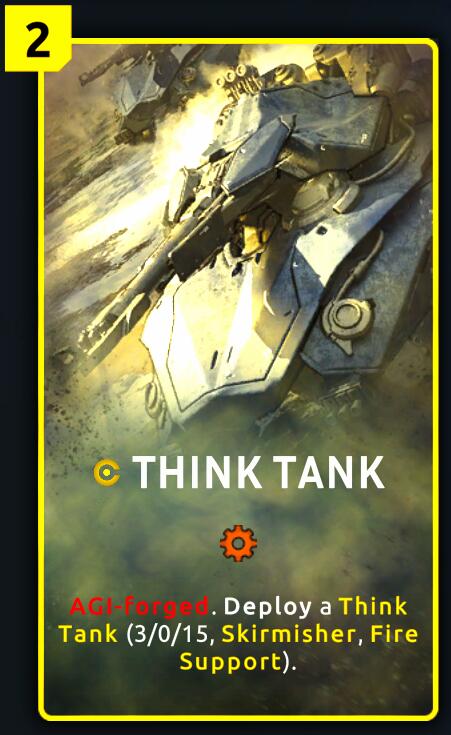
Like Strike cards, these also deal direct damage.
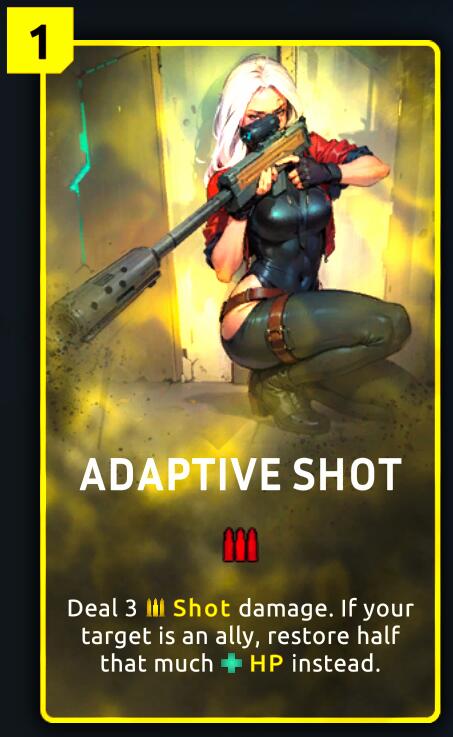
The card type itself does not affect the card’s inherent effect, but certain operators have special effects when using specific types of cards. For example, Rook restores 1 AP for each Strike card played. Additionally, some cards interact with each other based on their types. For instance, “Think Tank” increases its attack power for each Tactic card played after it’s deployed.
There are also various cards that can search for specific card types or generate random cards, adding flexibility and diversity to your hand composition.
9. Battle Interface
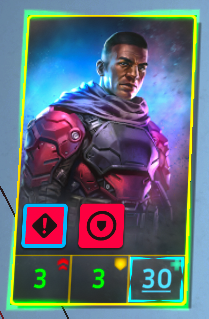
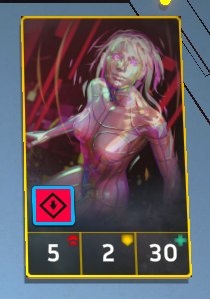
At the bottom, the numbers from left to right represent Attack, Armor, and Health. These values will appear green (buffed) or red (debuffed) depending on any equipment, card effects, or special abilities affecting them.
Above the character’s base stats are their active and passive skills, which you can view in detail by hovering your mouse over them.
Each character has their own hand area located at the bottom of the screen.
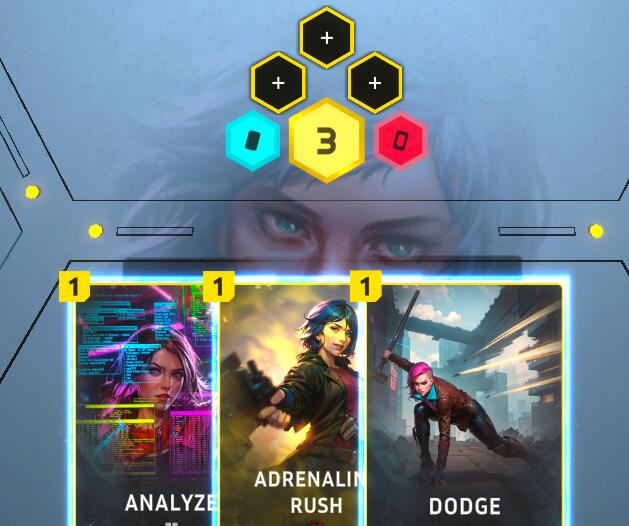
From bottom to top, these areas are:
- Hand Zone
- Action Points
- Deck (click to view)
- Discard Pile (click to view)
- Equipment Slot
In the top left corner, you can see the current turn number and the number of deployable allies.
![]()
You can still play minion summoning cards that exceed the maximum limit, but their effects will be nullified.
10. Conducting Battles
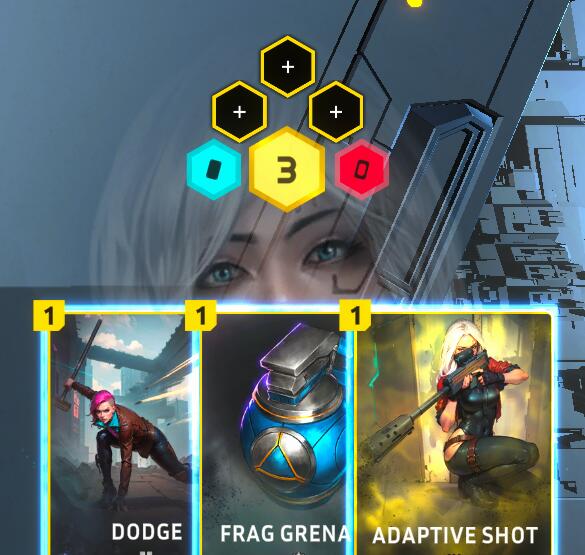
Additionally, each character has 3 action points and 1 attack opportunity per turn. Action points are used to play cards with corresponding costs, while the attack opportunity allows you to use the character’s attack power minus the target’s defense to deal damage. Active skills can be used as needed, do not consume resources, but enter a cooldown period after use.
In simple terms, play your cards and then attack the enemy. Use active skills at the right moment. Notably, most minions will receive counterattacks from their targets when they attack, whereas the primary operators will not.
When you have no more actions to perform, you can click the “End Turn” button on the right. This will end your turn and begin the enemy’s turn. You can see which units the enemy will attack next by hovering your mouse over the red button next to the “End Turn” button or by hovering over the units on the battlefield.
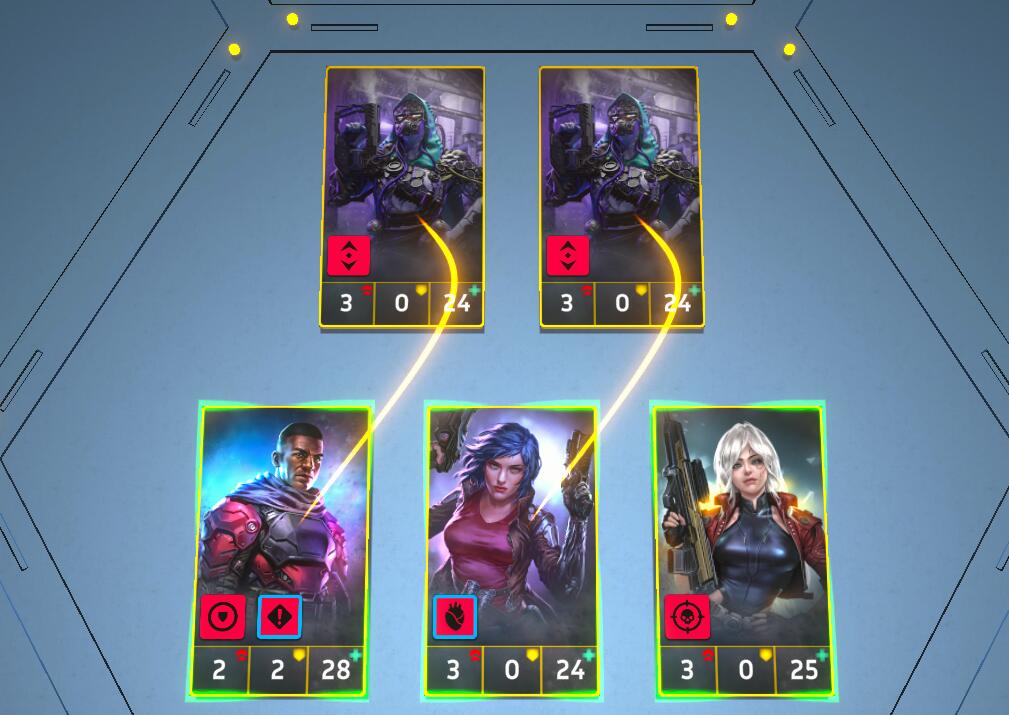
Therefore, it is recommended to check the enemy’s attack targets first when entering a battle, then use shields and counterattacks accordingly. Also, remember to check the enemy’s passive skills, as some enemies’ passives can become quite troublesome as their allies die or as turns progress.
11. END
We also plan to continue adjusting and updating the current content in future patches. In the meantime, we hope to hear more from the community to help us determine the most accepted directions for adjustments. So if you have any opinions or suggestions, please feel free to provide feedback through the Steam forum!
